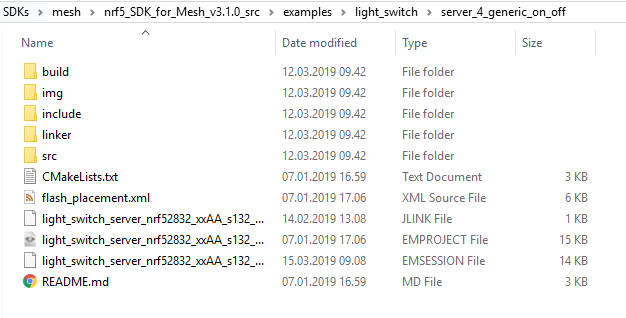So I have successfully built & deployed the Light Switch Demo - and it works.
But where do we go next?
The documentation seems far too close-in focussed on the microscopic details of functions, types, etc - I can't see anything which gives a macroscopic overview of how to create a system.
It's like a car handbook which describes each cog in the gearbox in fine details - but doesn't tell you how to drive the car!
For example, the Server controls just 1 LED on the DK.
How would we expand that to give independent control of all 4 LEDs?
In BT Mesh terminology, I think that would mean making each LED an "Element" ?
So how would we instantiate these - as instances of the Generic On/Off model?


